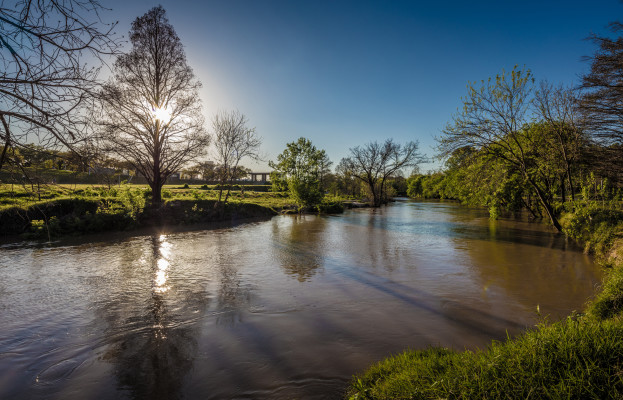
I am a big fan of parks. My local park in Austin is Zilker Park with its famous Barton Springs Pool. There is a beautiful 1940s bathhouse at the pool, designed by Dan Driscoll, an early Texas modernist architect. I often stage my visits to the pool at times that will require a change of clothes just so I can enjoy the huge open air changing room and the very cool outdoor showers. This blog topic is inspired by my experiences in parks and in designing buildings specifically for parks.
Decades ago, when I had my own firm, we did the Umlauf Sculpture Garden, also in Zilker Park and located just a short distance from Barton Springs Pool. I recently participated in a series of tours for elementary school kids who came to visit the garden. It was amazing to watch the eye-opening reaction of the kids exploring the four-acre park and its exhibits–taking a break from their regular school routine. We had our little talk on the huge porch that comprises half the space of the building at the Umlauf. It has been a real treat to do many tours and lectures there through the years. It’s an incredibly lively setting, and continues to thrive.
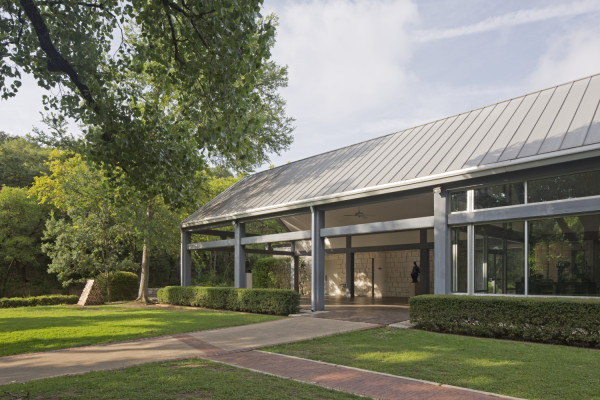
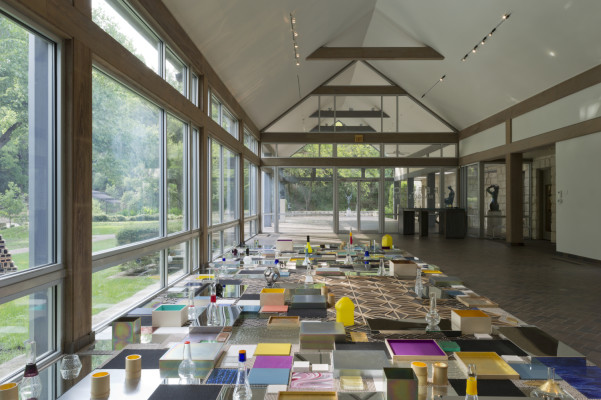
More recently, at Page, we participated in the design of Discovery Green in Houston, and, for the last few years, we have been working on Buffalo Bayou Park, also in Houston. This newest project, which opened in October, includes many buildings spread throughout the park.
For a park building to do its job, it’s essential to feel connected to the landscape. The intersection between structure and nature is critically important. At Umlauf, there is that huge aforementioned porch and lots of glass in the primary pavilion. At Buffalo Bayou Park, we did much the same with all of the buildings, including the restaurant, the bike rental and the kayak rental, each featuring a porch all the way around providing both full shade and dappled light. The restaurant’s dining room has a large glass wall with a focus on a big, particular tree, as well as an adjacent lake, the bayou and the surrounding tree canopies.
A second big issue is scale. One plausible approach might be to try to make a building disappear, but I think that’s problematic. Park buildings need to be in scale with their big, open setting, and they often need to be visible at a distance to serve their purpose. At Buffalo Bayou Park, the buildings’ scale is large and in keeping with the grandeur of the setting.

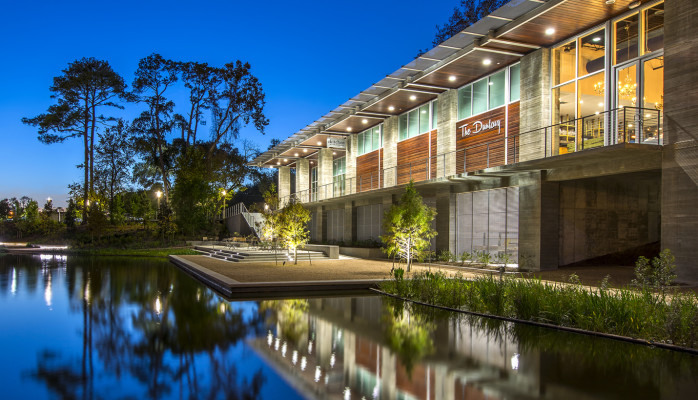
A third challenge is designing buildings to accommodate a lot of use and abuse. Because of the flood plain at Buffalo Bayou we needed to plan many of the structures to be under water at times and vulnerable to floating debris. We built them from stout board-formed concrete so that when there is a water event, the building withstands it. After a significant water-level change, the concrete can be hosed off, and the structure is good to go again. Last spring, we had huge rains in May after the buildings were pretty much complete, and there was no harm done.
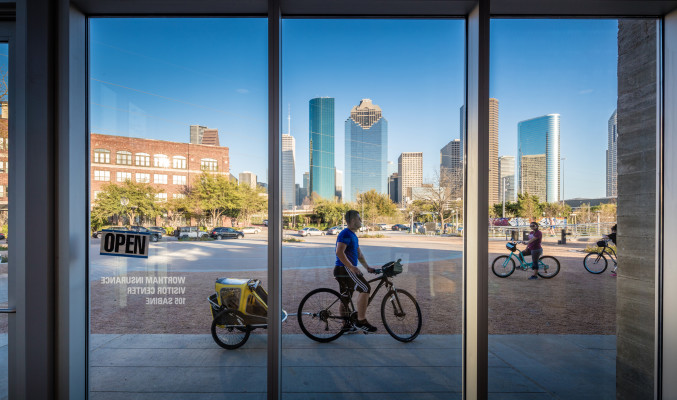
Places like Barton Springs Pool, Umlauf Sculpture Garden, Discovery Green and Buffalo Bayou Park are wonderful, egalitarian urban draws. More than most places in our cities, they attract people of very diverse income levels and cultural backgrounds. At the opening of Buffalo Bayou Park in October it was wonderful to watch a real cross section of the Houston population mingling together and enjoying a beautiful day in a beautiful spot. Being able to be a part of making these kinds of places is as good as it gets as an architect.
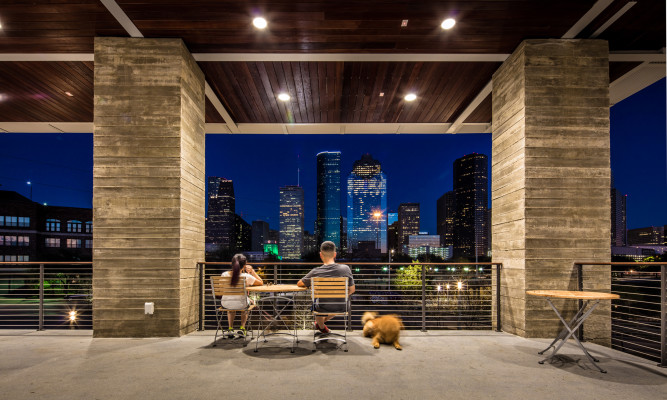
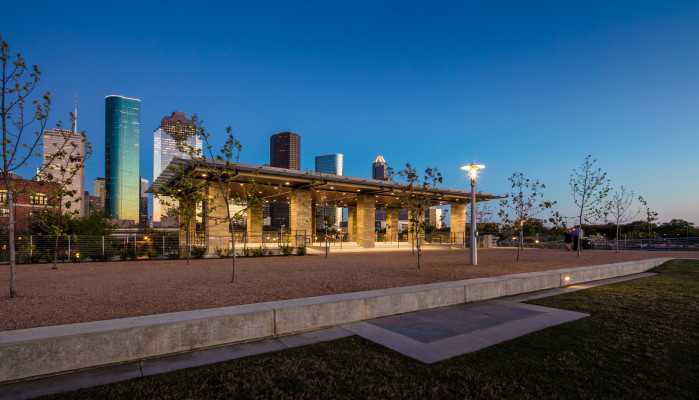
.
This is just fabulous work, commentary, and genius. Well played.
JLM
http://www.themusingsofthebigredcar.com